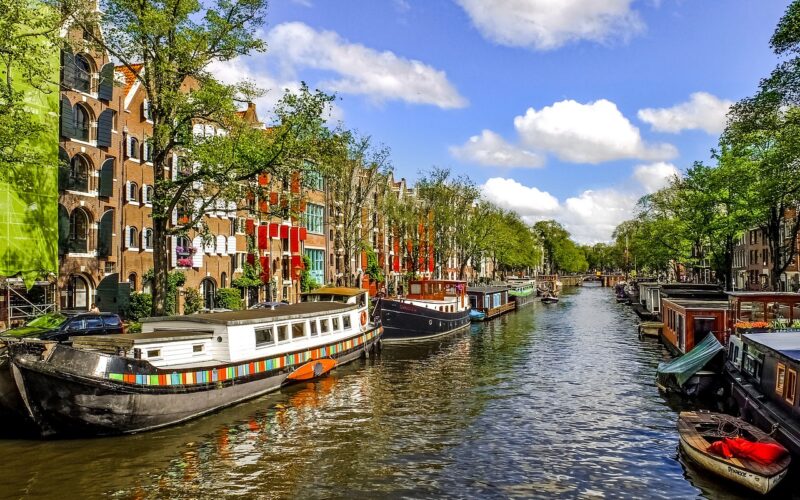Living by a river can be an enchanting experience, offering a unique blend of nature, tranquillity, and adventure. As urban sprawl continues, more individuals yearn for residences that provide soothing natural views and a respite from the bustling city life. A riverfront home often tops the list for those seeking such solace. But, like any place of residence, living by the river comes with its own set of advantages and challenges.
The allure of waterfront serenity
One of the most significant benefits of riverside living is the constant access to tranquil surroundings. The sounds of water flowing and birds singing provide a natural soundscape that is both calming and revitalising. Residents often find that stress levels decrease while their connection to nature increases, contributing to overall well-being.
An abundance of recreational activities
For the outdoors enthusiast, a riverfront home is a gateway to endless recreational pursuits. From fishing and boating in the warmer months to ice skating and quiet winter walks along a frosted bank, the river is a playground that changes with the seasons. This proximity to water-based activities can not only enhance one's quality of life but can also bring about opportunities for social gatherings with family and friends.
A potential boost to property value
Properties by the river are generally highly sought-after, which can significantly increase their market value. The aesthetic and recreational advantages lend a premium touch to these homes, often making them a lucrative investment. Homeowners can revel in the knowledge that their little slice of serenity may also be a wise financial decision.
The cons of riverside living
However, life by the river is not without its drawbacks. One of the primary concerns is the risk of flooding. Global climate patterns are bringing about increased rainfall and rising water levels in some areas, which can lead to property damage and potentially dangerous situations for residents.
Encounters with wildlife
While exposure to nature is a benefit, it also means closer encounters with wildlife, some of which might not be welcome. From insects to larger creatures seeking water, there can be a need for extra precautions and management to ensure that wildlife doesn’t become a nuisance or a threat.
Higher costs and maintenance
Owning a riverside property typically comes with higher costs. From potential flood insurance to the routine upkeep required to manage the effects of a damp environment, these expenses can accumulate. Keeping a home in pristine condition against the elements may demand more time and resources than many anticipate.
Deciding to live by a river is a personal choice that requires careful consideration of both the pros and cons. The enchantment of nature and the potential benefits to mental health and property value are alluring. Yet, the risks and responsibilities also loom as factors that need to be measured.
Potential residents must evaluate their level of comfort with nature’s unpredictability and their ability to handle the supplementary work and expenses that come with a riverside dwelling. But for many, the rewards of waking up to the calming presence of the river are well worth the challenges, providing a sanctuary that enriches their lives in countless ways.





















